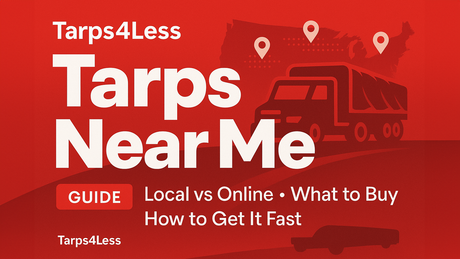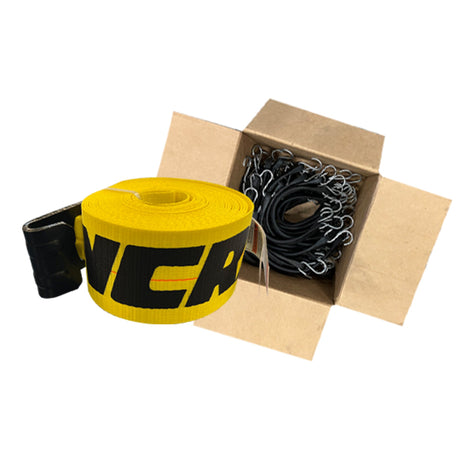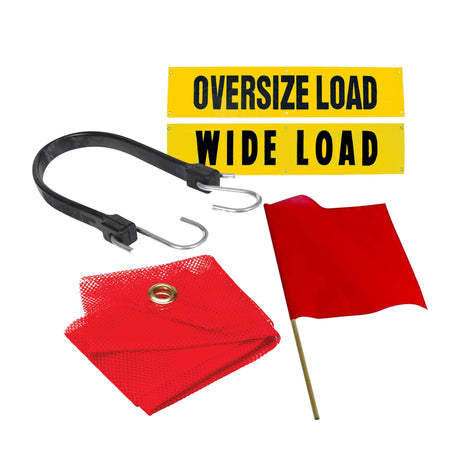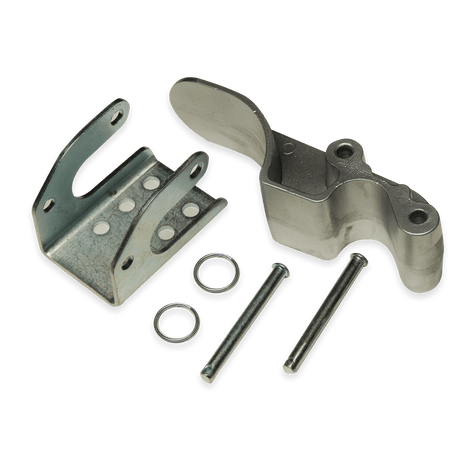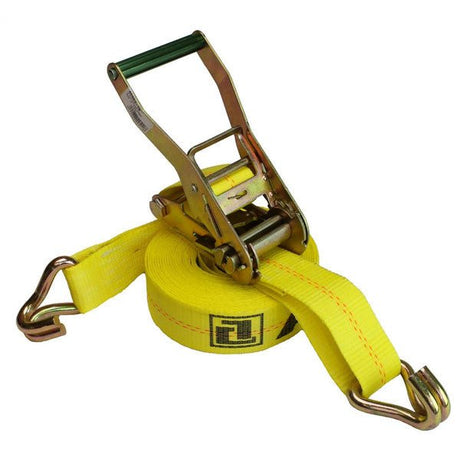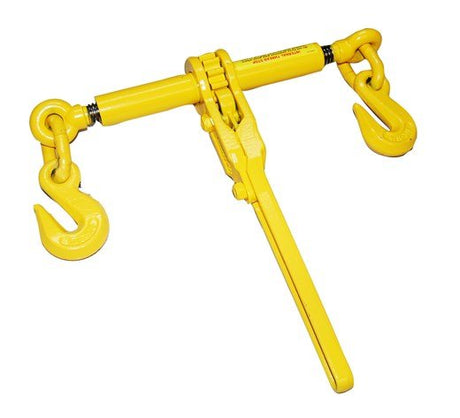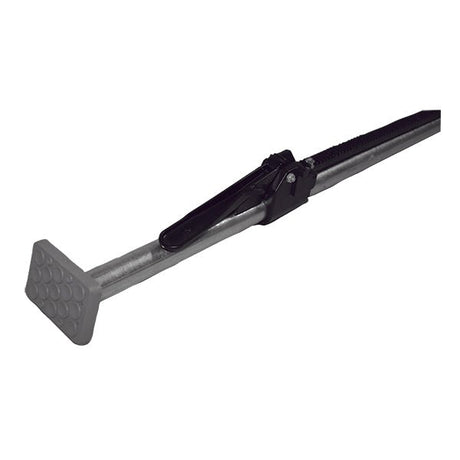Flatbed trucking rates have hit a rough patch in 2023, taking a dip amidst a confluence of economic and industry-specific challenges. From a broad freight recession to a rise in operational costs, the trucking landscape is facing downward pressure on rates like never before. In this article, we delve into the multifaceted reasons behind this decline, examining everything from the cyclical nature of market demand to macroeconomic headwinds. We'll uncover how factors such as increased carrier competition, shifts in consumer spending, and inflationary battles are reshaping the financial contours of flatbed trucking, painting a comprehensive picture of the current state of the industry.
The decline in flatbed trucking rates can be attributed to a range of factors impacting the industry in 2023:
-
Freight Recession: A notable decrease in available loads, particularly in the dry van sector, has led to a significant drop in freight volumes and rates since early Q3 2022. This trend is less pronounced in U.S. flatbed markets, but still impactful1.
-
Economic Factors: The fight against inflation by the Federal Reserve, changes in consumer spending habits, and increased usage of consumer credit have all contributed to a uniquely challenging year for logistics companies2.
-
Decreased Freight Demand: There has been a significant decline in freight demand in 2023, with sectors like retail, food/beverage, and manufacturing experiencing the most significant downturns due to reduced durable goods purchases and slower inventory cycles1.
-
Increased Number of Carriers: The rise in transportation providers, especially owner-operators, has affected the load-to-truck ratios adversely, contributing to the drop in rates3.
-
Rising Operational Costs: Supply chain congestion, pandemic-related disruptions, and increased competition have driven up fixed expenses for trucking companies, including fuel prices and driver pay4.
-
Rate Instability: A combination of slowing demand for truck capacity, a steady supply of available trucks, and rising expenses has led to decreased freight rates across all markets5.
-
Macro-Economic Pressures: Higher interest rates and the burden of credit card debt, alongside the resumption of student loan payments, are likely to suppress demand for trucking services6.
-
Industry Dynamics: High operational costs and lower rates may force some for-hire capacity closures, with owner-operators either joining larger fleets or exiting the industry altogether7.
-
Consumer Spending Shifts: A shift towards services and experiences in consumer spending patterns has particularly affected sectors reliant on transportation of goods8.
These factors combined have created a perfect storm leading to the downturn in flatbed trucking rates, with the likelihood of these rates remaining depressed for the foreseeable future9.
As we wrap up our discussion on the current state of flatbed trucking rates, it's important to look ahead with optimism. The industry is resilient, marked by its ability to adapt and thrive in the face of adversity. For truckers and companies alike, this period can be a catalyst for innovation and efficiency, opening doors to new strategies and stronger business models. While the market adjusts, those who navigate these changes wisely may find themselves in a prime position when the tides turn. Here's to the road ahead and the opportunities it brings — because in trucking, every downturn has a potential upturn just over the horizon.





